17 Biggest Free Agents Yankees Regret Not Re-Signing
Baseball is full of what-ifs, and the Yankees have their share of moments that make fans wonder what could’ve been. Over the years, several talented players left the Bronx, leaving gaps that were tough to fill. Here’s a look at 17 free agents the Yankees likely wish they had kept.
Juan Soto
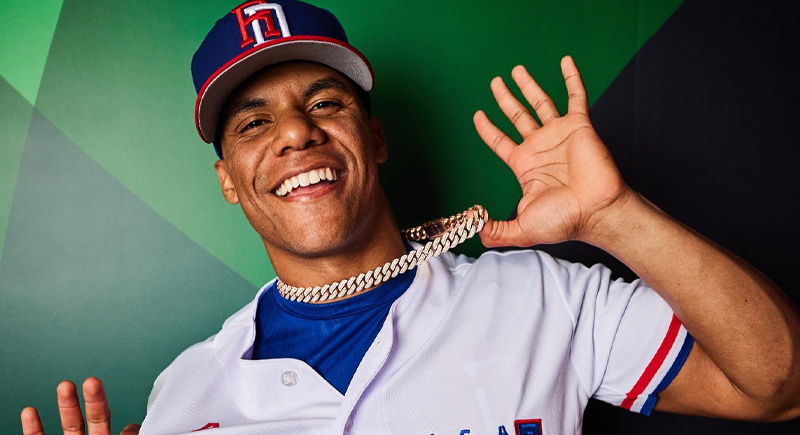
Credit: Instagram
Soto gave the Yankees everything they hoped for in 2024, helping them reach the World Series with his bat and leadership. Losing him to the Mets meant losing a reliable centerpiece for their offense. Had he stayed, Soto’s ability to change games with one swing could have anchored their lineup for years.
Robinson Cano
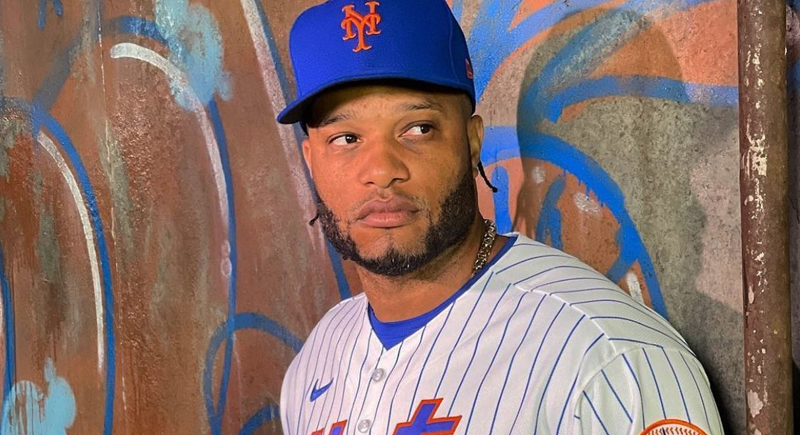
Credit: Instagram
Cano’s departure left a glaring hole at second base that the Yankees struggled to fill. His power-hitting ability complemented their lineup perfectly. While in Seattle, he delivered multiple All-Star seasons, proving he had plenty left in the tank. The Yankees lacked his offensive consistency during key stretches.
Andy Pettitte
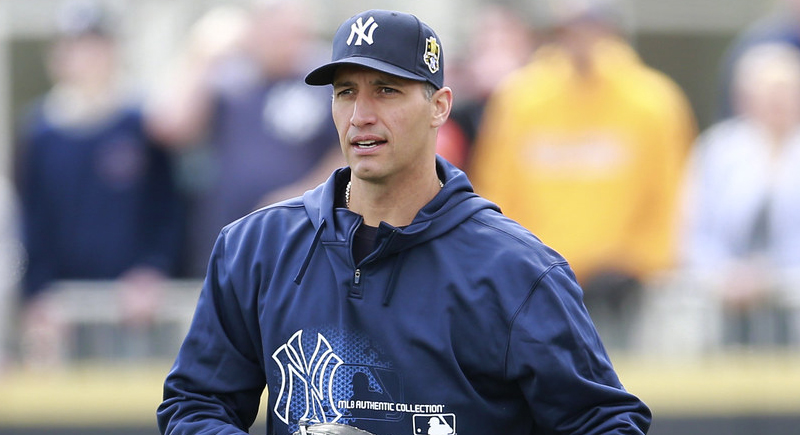
Credit: flickr
Without Pettitte, the Yankees lacked a dependable arm to counter Boston’s rising dominance in the mid-2000s. His decision to join Houston left the rotation vulnerable, and his absence was felt during postseason eliminations. Pettitte’s stellar pitching with the Astros only underscored how much the Yankees needed him.
David Cone
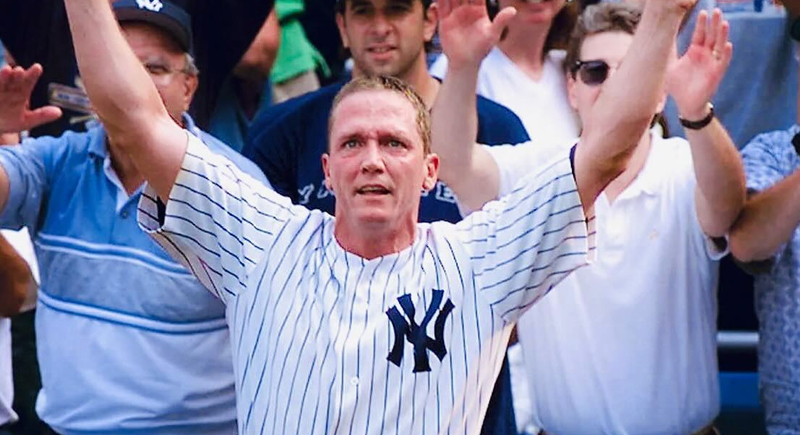
Credit: Instagram
Cone’s experience was unmatched, especially in high-pressure postseason games. Letting him go forced the Yankees to rely on younger, less proven pitchers in critical situations. Cone’s ability to handle playoff intensity could have made a difference in key series, especially during their early 2000s transition.
Bernie Williams

Credit: Instagram
Williams wasn’t just a reliable bat; he was a defensive rock in center field. After his departure, the Yankees rotated through players who couldn’t match his fielding or timely hits. His absence was evident in postseason games, where the team lacked a consistent outfield presence to deliver clutch plays.
Johnny Damon
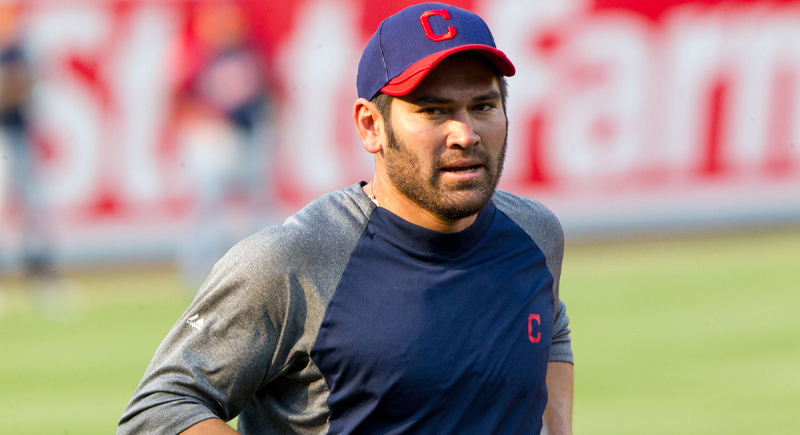
Credit: Wikimedia Commons
Damon’s knack for getting on base and creating scoring opportunities set the tone for the Yankees’ offense. After he left, the lineup lost its rhythm, especially at the leadoff spot. His contributions with Detroit in the following seasons showed he could still be a difference-maker at the top of the order.
Tino Martinez

Credit: flickr
Replacing Martinez with Jason Giambi brought offensive power but came at the cost of defensive stability. Martinez’s knack for hitting in pressure situations was sorely missed in games where clutch performance mattered most. His leadership during the Yankees’ dynasty years was a factor that couldn’t be measured in stats.
Aroldis Chapman
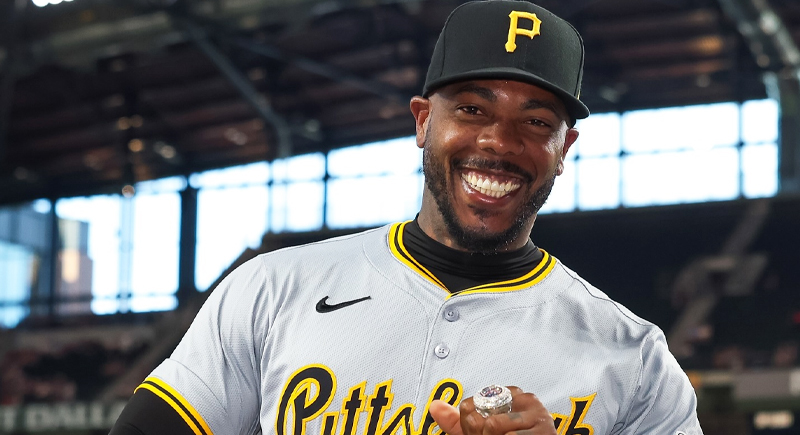
Credit: Instagram
While Chapman’s Yankees career had its share of ups and downs, his departure left the bullpen without a closer who could intimidate hitters. Post-Chapman, the team struggled in late-game situations where a lights-out reliever could have secured vital wins. His success in Miami highlighted what the Yankees lacked.
Didi Gregorius
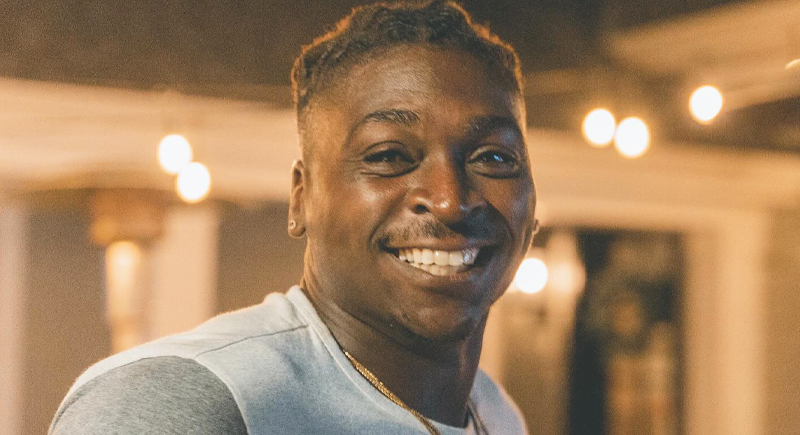
Credit: Instagram
Gregorius stepped into a tough role following Derek Jeter and exceeded expectations. His power-hitting from the shortstop position was a luxury the Yankees haven’t found since. Losing him also meant losing a player who consistently delivered in postseason games, including game-changing home runs in elimination situations.
Hideki Matsui
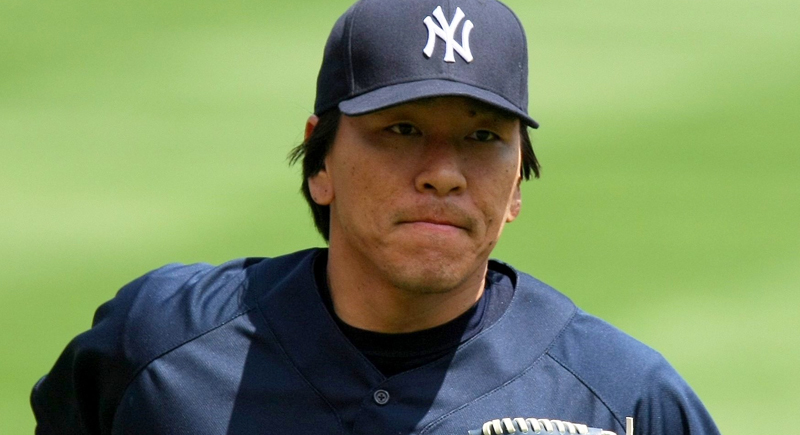
Credit: Wikimedia Commons
Matsui’s World Series MVP performance was a reminder of his value in big games. Letting him leave after 2009 meant losing a player who excelled under pressure. The Yankees struggled to find a designated hitter who could consistently deliver against top-tier pitching in postseason matchups.
Nick Swisher
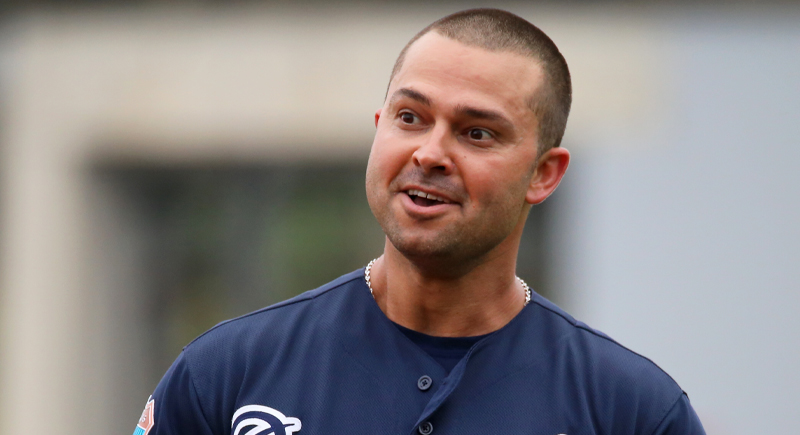
Credit: Wikimedia Commons
Swisher’s switch-hitting ability and outfield versatility provided depth and flexibility. After his departure, the Yankees lost options in late-game scenarios where a well-placed pinch hitter or defensive substitute could make a difference. His upbeat personality also kept morale high during tough stretches.
David Robertson
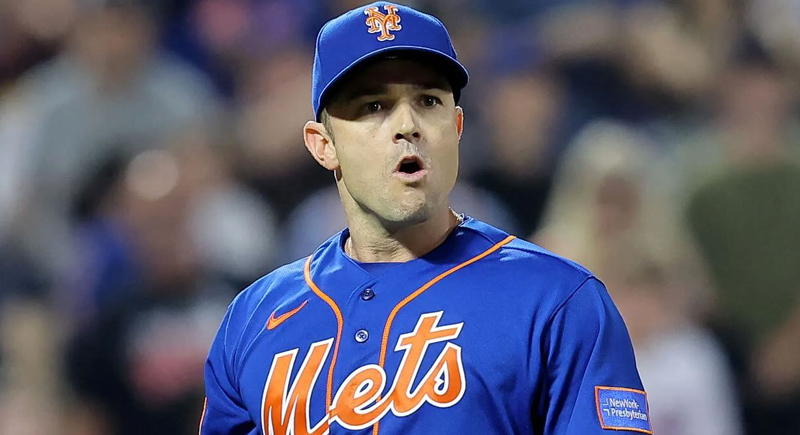
Credit: Instagram
Robertson’s ability to handle high-leverage situations was a huge loss for the Yankees’ bullpen. In his time with the White Sox, he continued to show why he was one of the most reliable relievers in the game. Without him, the Yankees struggled in critical innings during close games.
Gary Sheffield

Credit: Instagram
Sheffield’s departure left the Yankees without a right-handed slugger to anchor the middle of their lineup. In Detroit, he added two more 20+ home run seasons, proving he still had plenty to offer. His absence was particularly felt during the postseason series where the Yankees lacked a game-changing bat.
Joe Girardi
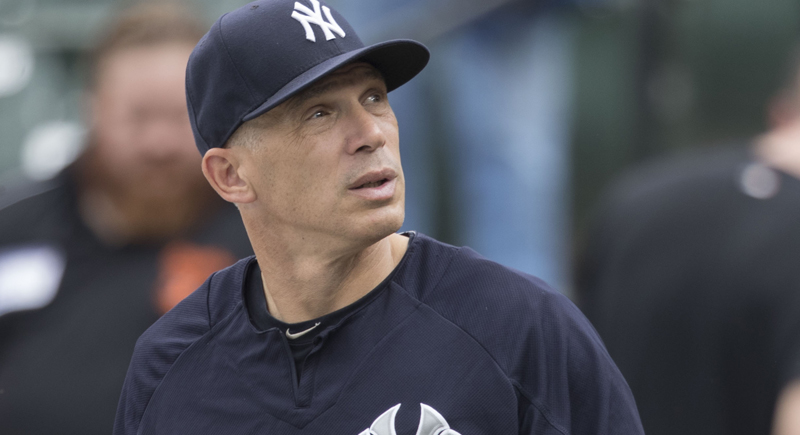
Credit: Wikimedia Commons
Girardi’s move to the Cubs left the Yankees without a catcher who had mastered the art of managing pitchers. His absence was evident in key games where inexperienced catchers struggled with game-calling. Girardi’s understanding of opposing hitters and ability to adapt mid-game could have been invaluable.
Melky Cabrera
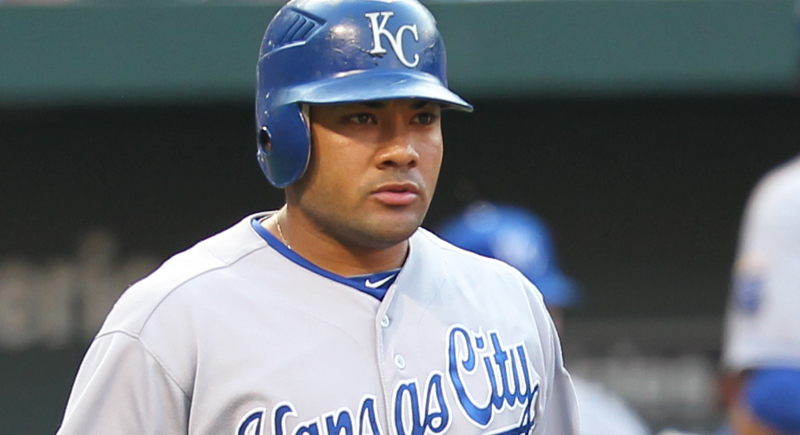
Credit: Wikimedia Commons
Trading Cabrera disrupted the Yankees’ outfield depth at a time when they needed reliable contributors. His later success in Kansas City, including a .305 batting average in 2011, showed his potential was far from realized when he left New York. The Yankees could’ve benefited from his steady improvement.
Corey Kluber
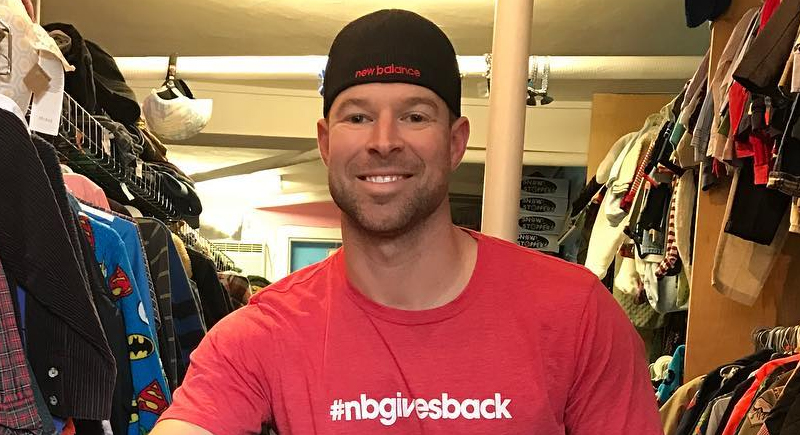
Credit: Instagram
Corey Kluber joined the New York Yankees in 2021 and threw a no-hitter against the Texas Rangers on May 19. That season, he posted a 5–3 record with a 3.83 ERA over 16 starts before becoming a free agent and signing with the Tampa Bay Rays in 2022.
Brett Gardner
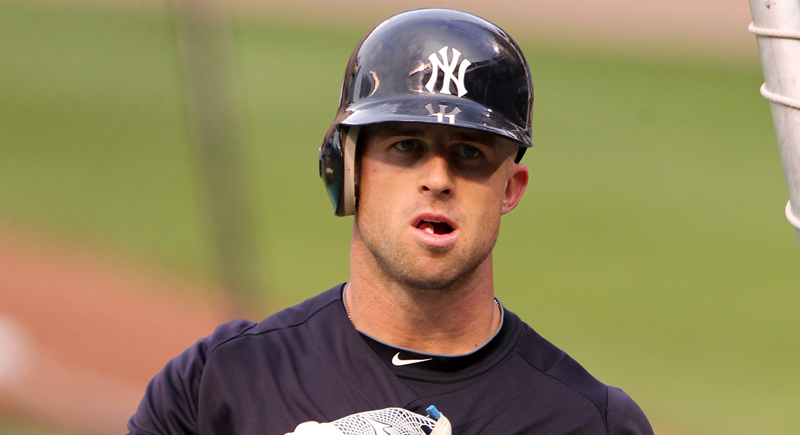
Credit: Wikimedia Commons
Brett Gardner spent his entire 14-season career with the New York Yankees from 2008 to 2021. He won a World Series in 2009, made the All-Star team in 2015, and earned a Gold Glove in 2016, becoming known for elite defense, speed, and steady veteran leadership.